The three TV stations, 39 radio stations, 31 newspaper offices, and 1,700-odd magazine offices in the Republic of China, with very few state-run exceptions, are mostly sustained by advertising revenue. While advertising provides support for the development of mass communication enterprises, the quality mass media in turn provide an ideal basis for the development of the advertising business. The relationship has prospered hand-in-hand with the rapid economic development of the Republic of China during the past 20 years.
Today, the full development of the advertising art has helped foster local cultural enterprises and allow ambitious young men to display their talents. Often without realizing it advertising workers have helped society to appreciate the values of truth, kindness and beauty.
Three stages. The development of the local advertising business can be roughly divided into three stages, progression from a system of individual representatives from 1945 to 1954, to small agents from 1954 to 1960, and finally to large more mature agencies after 1960.
When Taiwan was returned to the Republic of China at the end of the Japanese occupation in 1945, there were only a few advertising agencies making signboards for businesses and movies. Radio and newspaper advertising was solicited purely by salesmen who relied on eloquence and personal contacts. As businessmen were skeptical of the value of advertising, they were reluctant to spend money in the field. Account executives sometimes had to produce advertisements themselves and naturally no art design work was involved.
After 1954, the AEs began to feel the need to invite experts to take charge of the art design, and advertising agencies were set up to fit in with this new trend.
An even more significant break-through was achieved when industrial and business leaders began to realize the importance of advertising. Weng Chun-hsiung, board chairman of the Orient Advertising Agency, recalled how he inaugurated the first "panoramic" advertising agency in the Republic of China in 1959.
"In 1956, I was running a detergent powder factory. Improved techniques enabled me to produce a large quantity of products, which, however, did not sell well. Then I realized that only an impressive advertising campaign would enable me to reach consumers. After consulting foreign magazines, I began to doubt if an AE was capable of choosing the right media and designing a satisfactory product to develop fully the potential of advertising. So I invited specialists in my advertising agency to take charge of finance, selection of media, art design and other specifics," he said.
When the second session of the Asian Advertisement Conference was held in October 1960, many local media and enterprise owners were invited to attend, and both greatly benefited. The former were assured that a systematically organized advertising agency is more stable than a single AE while the latter learned to respect experts and realize the importance of a systematic sales system. As a result, large-scale and well-organized advertising agencies began to appear in the 1960s.
At this time, economic patterns were product-oriented, i. e. consumers took whatever the businessmen had to offer. As a result, emphasis was placed on informing consumers of new products.
During this period, the advertising industry was marked by strong division of labor. AEs, copywriters and designers worked independently instead of as a team.
In general, before 1966, the relationship between advertising agencies and their customers was unbalanced. Businessmen controlled agencies in deciding on budgets, planning, content and design of advertisements.
The status of the agencies was raised when the three local TV stations were inaugurated between 1962 and 1971. The birth of TV media gave new dimensions and brought mobility to advertising operations. Realizing the effect of this new media, industrial and business leaders began to put capital in TV advertising. The new and more complex media called for more professional personnel to undertake production and design.
The 1970s. The economic miracle and elevation of education in the 1970s combined to cultivate a second generation of entrepreneurs. Realizing that advertising is an indispensable link in the sales chain, they treated workers in the field with more respect. The advertising agencies in turn improved their quality and strengthened services to win new customers. Consumers also began to rely on advertisements for information in selecting products.
The advertising agencies have made every effort to fit in with the wishes of their customers. For instance, during the energy crisis of 1974, many factories suffered great losses because they were unprepared for fluctuations in prices, changes in market structure and consumer psychology. At that time, a new entry into the line, Lien Kuang Co., contributed a large sum to conduct a market survey on such subjects as consumer habits, motivation for buying, reaction to names, packaging and quality, and future market prospects. After sorting and analysis, the data were used by the company in designing advertisements and choosing the appropriate media. By this time, a scientific and collective management system had begun to replace individual enterprise.
Lai Tong-ming, general manager of Lien Kuang Co., explained that today a qualified advertising agent must first be able to pinpoint a product's characteristics and then imprint them in the consumers' minds. To achieve this aim, he must conduct preliminary polls and analyses to decide on the target market and the theme of an advertisement.
Based on these materials, scriptwriters and artists combine their efforts to work out a creative product, which must be approved by the customer before it is placed in the appropriate media. Afterwards, another survey is conducted to determine the effect of the advertisement, which will serve as reference materials for future designs.
Understandably, a quality advertisement can only be worked out by a group of talented people using an organized system. Today, advertising agencies have such a pool of first-hand market data and market analysis ability that many companies turn to them for consultation services.
Three types. At present, ad advertising agencies in Taiwan can roughly be divided into three categories-the panoramic agencies mentioned above, TV and film commercials production companies, and real estate advertising agencies.
Of some 100 general ad agencies, only 20 or so have sound organization and are wide in scope. They have made a big contribution to the development of local business and industry. The Lien Kuang Co., for instance, with 136 employees, achieved a turnover of NT$400 million last year. These agencies have major businesses as their customers, and even produce TV shows as a sideline.
The 20-odd TV and movie commercial production companies are in charge of producing commercials for the panoramic agencies, and are often referred to as their satellites.
The real estate advertising agencies came into being recently to provide guidelines for house purchases. As more and more people have come to live in the metropolis, this type of agency has been enjoying brisk business.
Sometimes, large companies establish their own advertising agencies to publicize their products.
Training. To fit in with the rapid development of the advertising industry in the Republic of China, more qualified people in marketing, planning, media, and sales are needed. Today, departments of commercial design have been installed in several colleges and universities in Taiwan. Statistics show that about 80 percent of advertising workers are college graduates or above. They are required to be intelligent and farsighted and have quick reactions.
Most companies provide employees with pre-job or on-the-job training. Foreign specialists are regularly invited to hold seminars to keep workers abreast of the latest developments in the field.
Sometimes, these companies publish their own periodicals to carry information on staff's working experience, or introduce new concepts. Professional journals and books in the field are available in most bookstores and on newsstands.
To help cultivate more talented people, advertising companies also provide scholarships for promising students. For instance, Lien Kuang Co. provides scholarships for MBA candidates of the National Chengchi University or students of the economics department of Soochow University to conduct research on advertising.
Statistics. Statistics show that total investment capital in the Republic of China has increased about 4.56 times to reach NT$8,061 million a year in the past 10 years, and advertising expenditure has risen to the equivalent of about NT$460 a year per person, an increase of 3.66 times.
These statistics show clearly the rapid progress made by the local advertising industry. Chien Chun-tang, general manager of the United Daily News, once said: "The best examples of advertising in the Re public of China have won high acclaim in exhibitions sponsored by the Asian Advertisement Conference. Over the past two years, an increase in the number of colored advertisements has put Taiwan ahead of other Asian nations. These ads can be found in newspapers, and TV commercials are all in color."
To encourage advertising companies in their endeavor, mass media entrepreneurs have installed prizes and awards for quality artwork. The "Golden Tower Prize" awarded by TTV, the "Times ad design prize" of the China Times, and the "Golden Bridge Prize" of the United Daily News are but a few examples.
Public welfare. Though the advertising industry has reached maturity with the start of the 1980s, workers in the field are not content with their achievements. As well as being commercially successful, they want to play a role in social education and enhancing public welfare.
Making July 7 on the lunar calendar into a Chinese Valentine's day is an example of this trend. A Chinese legend describes how a cowherd and a weaving maid, though desperately in love, were allowed to see each other only once a year on this day, when the magpies spread their wings to form a bridge. Kuo Hua Advertising Company provided manpower and set aside time for this activity, because its workers believe that "Love can augment human potential, improve temperaments, strengthen moral courage, and bring light and hope to the world. Without love, the world will turn into a wasteland filled with violence." The public has now accepted this day as a Chinese Valentine's day, and Kuo Hua Co. has won many more customers.
Demerits. Though advertising agencies in the Republic of China have made significant progress in the past 10 years, some negative factors still exist. As no college or university in Taiwan has a department of advertising science, workers in the field tend to lack the professional spirit and knowledge. It is hoped that such a department will be established soon to solve this problem.
In addition, some small companies use sensational advertisements or quote unreasonably low rates to win customers, and then produce low-quality advertisements.
Though such problems are inevitable in the process of development, it is clear that more interested people must put in time and energy to improve the situation. It is believed that an open society, affluent economy and enthusiastic young men and women will combine to bring bright prospects for the local advertising industry.
[Picture Caption]
The full development of the advertising art during the past 20 years has helped the local mass media to prosper. At night, the streets are bright with neon signs. Professional journals and books in the field are available in most bookstores. Commercial films give new dimensions and bring mobility to advertising operations.
In general, a large-scope advertising agency has specific personnel in charge of assessing the effects of commercial films, art design and script writing, conducting market surveys by computer, and holding regular seminars to analyze and discuss the merits and demerits of advertisements.
From left: Advertisements for Wei-chuan powdered milk, Sony TV and Kodak printing paper have won prizes from local mass media entrepreneurs.
More samples of prizewinning advertising artwork.
Some advertising agencies obtain their inspiration from classical Chinese architecture and artifacts, including primitive ox carts. These, together with a poster to promote public welfare, are prizewinning artworks.

The full development of the advertising art during the past 20 years has helped the local mass media to prosper. At night, the streets are bright with neon signs. Professional journals and books in the field are available in most bookstores. Commercial films give new dimensions and bring mobility to advertising operations.

The full development of the advertising art during the past 20 years has helped the local mass media to prosper. At night, the streets are bright with neon signs. Professional journals and books in the field are available in most bookstores. Commercial films give new dimensions and bring mobility to advertising operations.

The full development of the advertising art during the past 20 years has helped the local mass media to prosper. At night, the streets are bright with neon signs. Professional journals and books in the field are available in most bookstores. Commercial films give new dimensions and bring mobility to advertising operations.
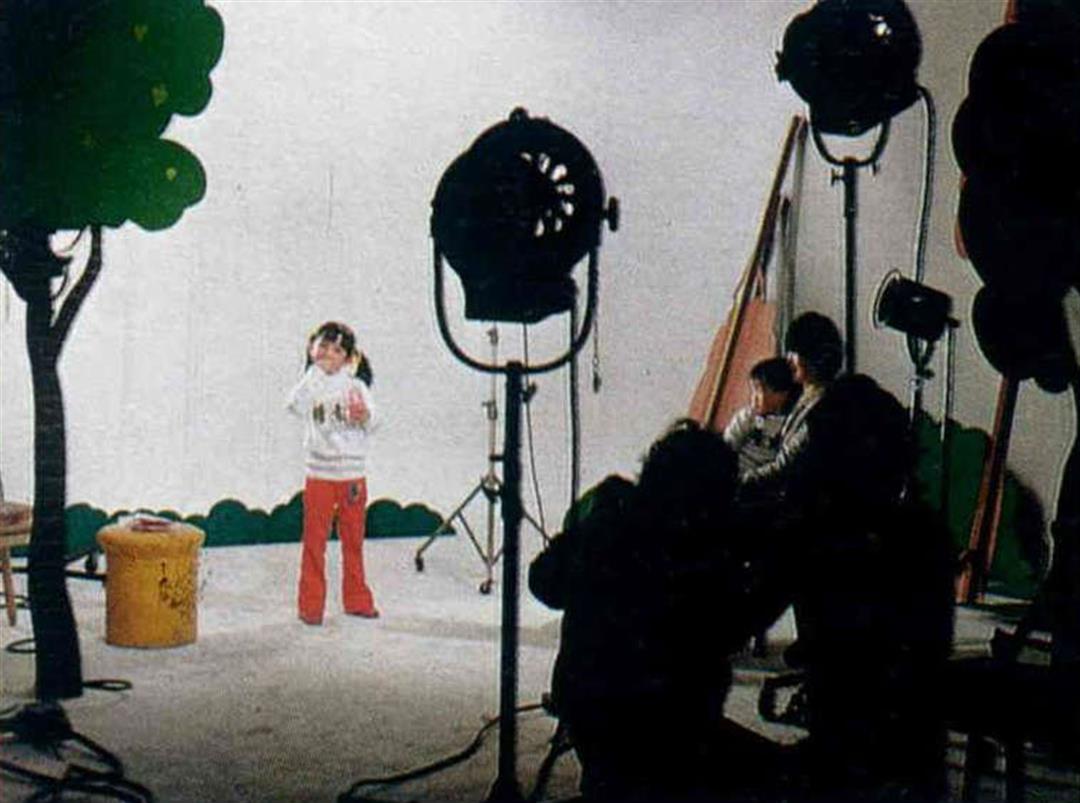
The full development of the advertising art during the past 20 years has helped the local mass media to prosper. At night, the streets are bright with neon signs. Professional journals and books in the field are available in most bookstores. Commercial films give new dimensions and bring mobility to advertising operations.

In general, a large-scope advertising agency has specific personnel in charge of assessing the effects of commercial films, art design and script writing, conducting market surveys by computer, and holding regular seminars to analyze and discuss the merits and demerits of advertisements.
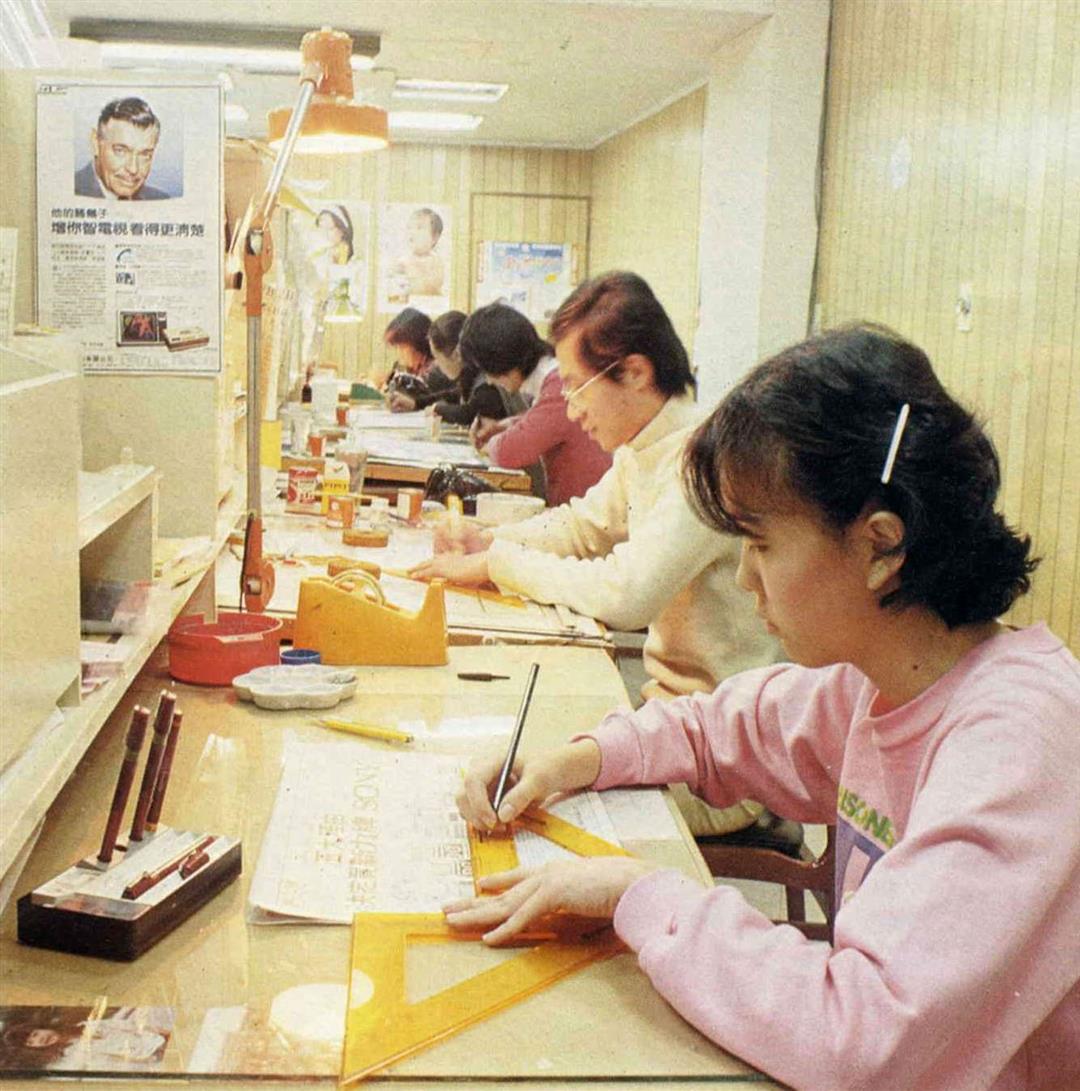
In general, a large-scope advertising agency has specific personnel in charge of assessing the effects of commercial films, art design and script writing, conducting market surveys by computer, and holding regular seminars to analyze and discuss the merits and demerits of advertisements.

In general, a large-scope advertising agency has specific personnel in charge of assessing the effects of commercial films, art design and script writing, conducting market surveys by computer, and holding regular seminars to analyze and discuss the merits and demerits of advertisements.

In general, a large-scope advertising agency has specific personnel in charge of assessing the effects of commercial films, art design and script writing, conducting market surveys by computer, and holding regular seminars to analyze and discuss the merits and demerits of advertisements.

From left: Advertisements for Wei-chuan powdered milk,Sony TV and Kodak printing paper have won prizes from local mass media entrepreneurs.

Sony TV and Kodak printing paper have won prizes from local mass media entrepreneurs.

Sony TV and Kodak printing paper have won prizes from local mass media entrepreneurs.
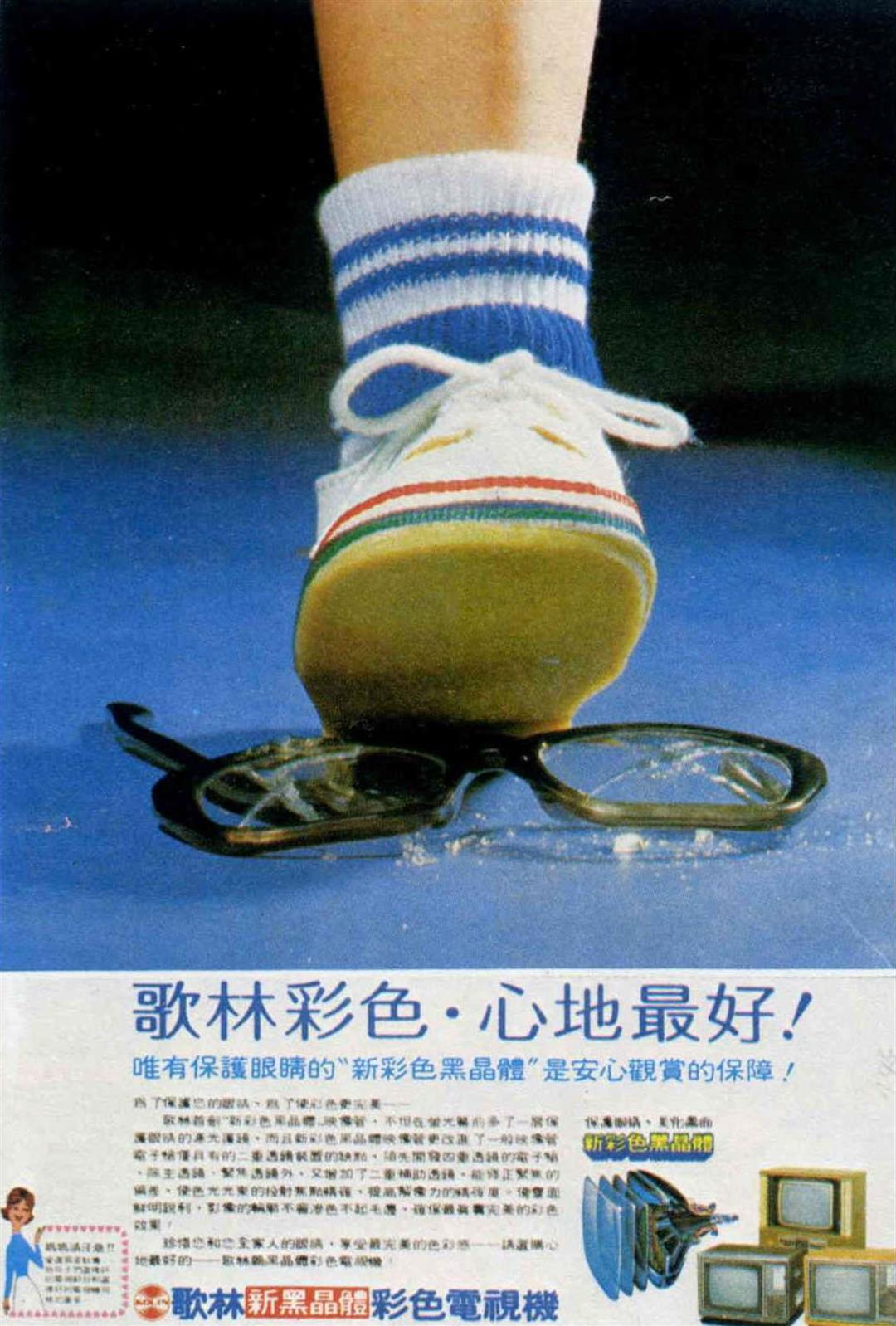
More samples of prizewinning advertising artwork.
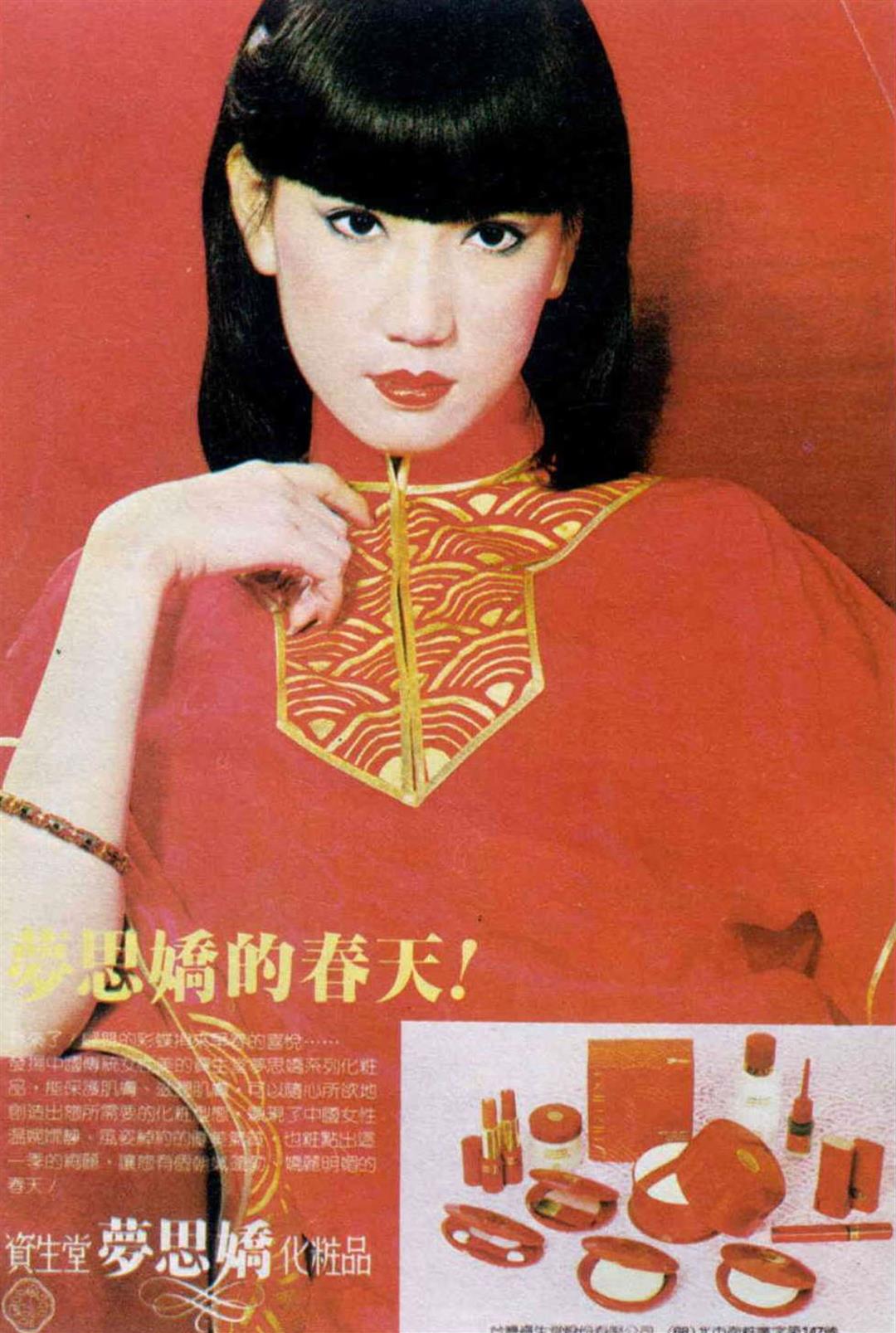
More samples of prizewinning advertising artwork.

More samples of prizewinning advertising artwork.

Some advertising agencies obtain their inspiration from classical Chinese architecture and artifacts, including primitive ox carts.

Some advertising agencies obtain their inspiration from classical Chinese architecture and artifacts, including primitive ox carts.
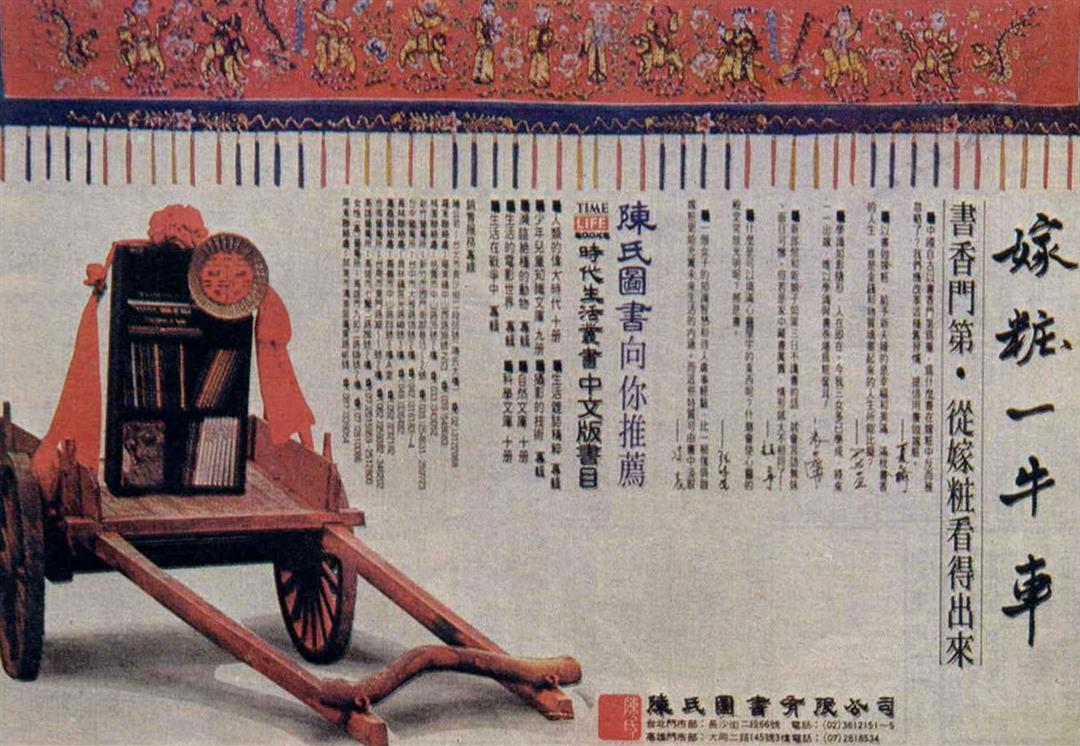
These, together with a poster to promote public welfare, are prizewinning artworks.

These, together with a poster to promote public welfare, are prizewinning artworks.